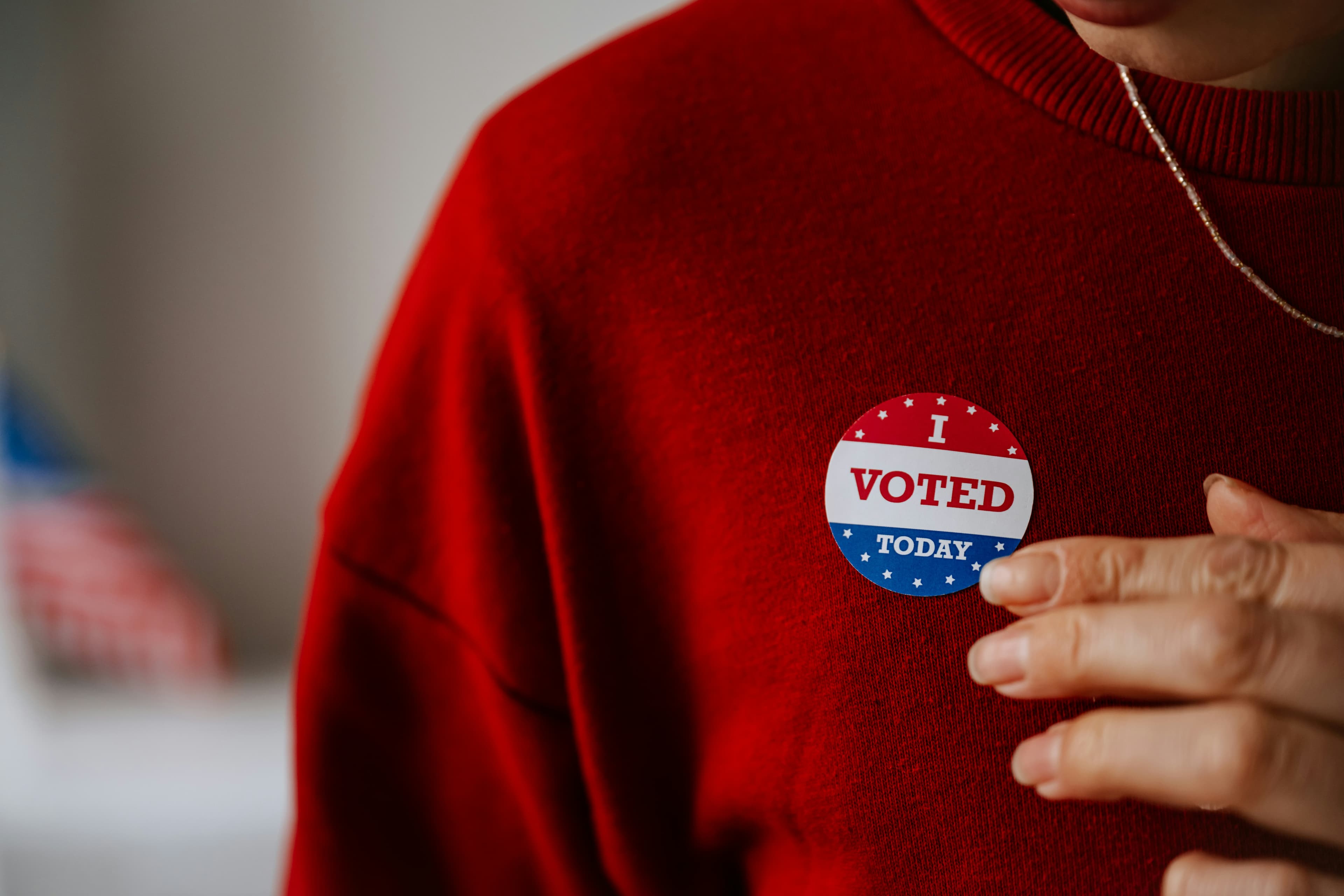
Inside the Election Process: Building Public Trust Through Transparency
Operational transparency is not just a guiding principle in election administration; it is a practical necessity. When voters understand how ballots are secured, counted, and audited, it fosters a deeper trust in the process. In my experience, hosting public logic and accuracy tests prior to the start of voting has proven invaluable. These tests, which verify that voting machines are tabulating votes correctly, should be open to the public and clearly explained to attendees. When residents observe these procedures firsthand, they are more likely to view the outcome of an election as legitimate, regardless of the result.
Transparency also means providing clear and timely communication during each phase of the election cycle. This includes publishing sample ballots, outlining key dates, and explaining voting methods in accessible formats. Websites, social media, direct mail, and community outreach should be coordinated to deliver consistent messaging. According to the National Conference of State Legislatures, robust voter education efforts are critical to increasing turnout and reducing confusion, especially in jurisdictions with recent changes to voting laws or procedures1. Municipal election administrators should build communication plans that anticipate public questions and proactively address misinformation.
Poll Worker Recruitment and Training
A successful election depends heavily on the quality and preparedness of poll workers. These frontline individuals are the face of local democracy on election day. Recruiting a poll worker corps that reflects the diversity of the community is essential, not only for language access and cultural competency but also for public confidence in the process. I have found that partnerships with community organizations, faith groups, and local schools can yield strong candidates who bring both enthusiasm and a sense of civic duty to the role.
Training must go beyond basic procedures and include scenario-based learning that prepares workers for real-world challenges, such as handling voter registration discrepancies or de-escalating tense situations. The U.S. Election Assistance Commission (EAC) recommends layered training approaches that include hands-on practice, written manuals, and online modules2. Equipping poll workers with the tools and confidence to serve voters effectively reduces errors and enhances the overall voting experience. As election officials, we must continually update our training to reflect legal changes, technology upgrades, and lessons learned from prior cycles.
Ensuring Equitable Access to the Ballot
Equity in elections requires intentional planning and policy. Decisions about polling place locations, language assistance, and voting methods can either improve or hinder access. One best practice is to conduct a demographic analysis before finalizing polling sites. This includes reviewing transit accessibility, ADA compliance, and proximity to underserved communities. The Brennan Center for Justice notes that polling place closures or relocations disproportionately affect low-income and minority voters, especially when alternative options are not clearly communicated3.
Language access services must also be prioritized. In jurisdictions with significant populations of limited English proficient voters, federal law requires language assistance under Section 203 of the Voting Rights Act. However, even in areas not covered by this mandate, providing translated materials and bilingual poll workers can significantly improve participation. Local governments should collaborate with community liaisons to identify language needs and ensure that materials are not only translated accurately but also culturally appropriate.
Ballot Security and Chain of Custody Protocols
Securing the integrity of ballots is fundamental to election legitimacy. Every step from ballot printing to final tabulation must be documented and monitored. Municipal election offices should maintain detailed chain of custody logs, use tamper-evident seals, and implement access controls for storage facilities. The EAC emphasizes the importance of bipartisan teams in handling ballots and conducting post-election reconciliation to detect anomalies2.
Technology must also be safeguarded. Cybersecurity protocols for voter registration databases, electronic poll books, and tabulation systems should align with the latest guidance from the Cybersecurity and Infrastructure Security Agency (CISA). This includes regular vulnerability assessments, access controls, and incident response plans4. From my own practice, I have seen how coordinated tabletop exercises with IT staff and public safety agencies can prepare a jurisdiction to respond swiftly and effectively to any election-day disruptions.
Post-Election Audits and Continuous Improvement
Conducting post-election audits is a key strategy to validate results and identify areas for operational improvement. Risk-limiting audits, which compare a random sample of paper ballots to the reported results, offer a statistically sound method of verification. States like Colorado have pioneered this approach, demonstrating its effectiveness in confirming election outcomes without requiring a full recount5. Local election officials can adapt similar practices on a smaller scale, even if not mandated by state law.
Beyond ballot verification, post-election reviews should include debriefs with poll workers, surveys of voters, and internal process evaluations. These after-action reports allow teams to assess what worked well, what challenges arose, and how to adjust for future elections. Continuous improvement is not optional in election administration; it is a responsibility. By documenting lessons learned and applying them systematically, we can elevate the quality and consistency of every election we administer.
Community Engagement and Voter Confidence
Engaging the community before, during, and after elections helps build a relationship that extends beyond the ballot box. Hosting voter registration drives, attending local events, and participating in civic education programs establishes your office as a trusted source of information. These efforts are especially important in communities with historically low turnout or skepticism toward government institutions. As election administrators, we should seek to be visible, approachable, and responsive to community concerns.
Voter confidence does not rest solely on election outcomes; it is built through every interaction a resident has with the electoral process. Whether a voter is casting a ballot for the first time or the fiftieth, they should leave the experience feeling respected and assured that their voice matters. When we commit to operational excellence, equity, and outreach, we uphold the democratic values entrusted to us. Election administration is not just a technical function—it is a public service that reflects the integrity of the entire local government.
Bibliography
National Conference of State Legislatures. 2020. “Voter Education and Outreach.” Accessed March 25, 2024. https://www.ncsl.org/elections-and-campaigns/voter-education-and-outreach.
U.S. Election Assistance Commission. 2022. “Poll Worker Recruitment, Training, and Retention.” Accessed March 25, 2024. https://www.eac.gov/election-officials/poll-workers.
Brennan Center for Justice. 2019. “Election Day Polling Place Changes.” Accessed March 25, 2024. https://www.brennancenter.org/our-work/research-reports/election-day-polling-place-changes.
Cybersecurity and Infrastructure Security Agency. 2023. “Election Security Resources.” Accessed March 25, 2024. https://www.cisa.gov/election-security.
Colorado Secretary of State. 2021. “Risk-Limiting Audits.” Accessed March 25, 2024. https://www.sos.state.co.us/pubs/elections/RLA/.
More from Elections
Explore related articles on similar topics





